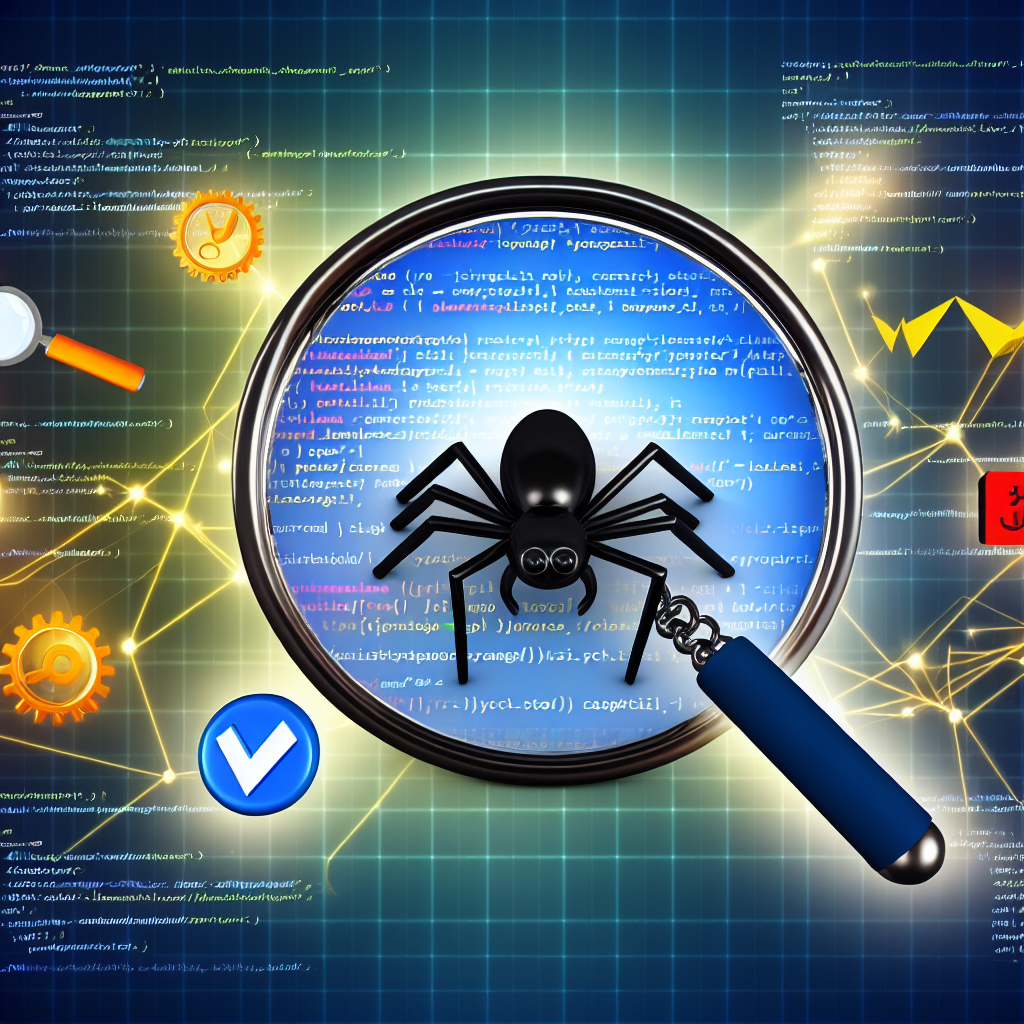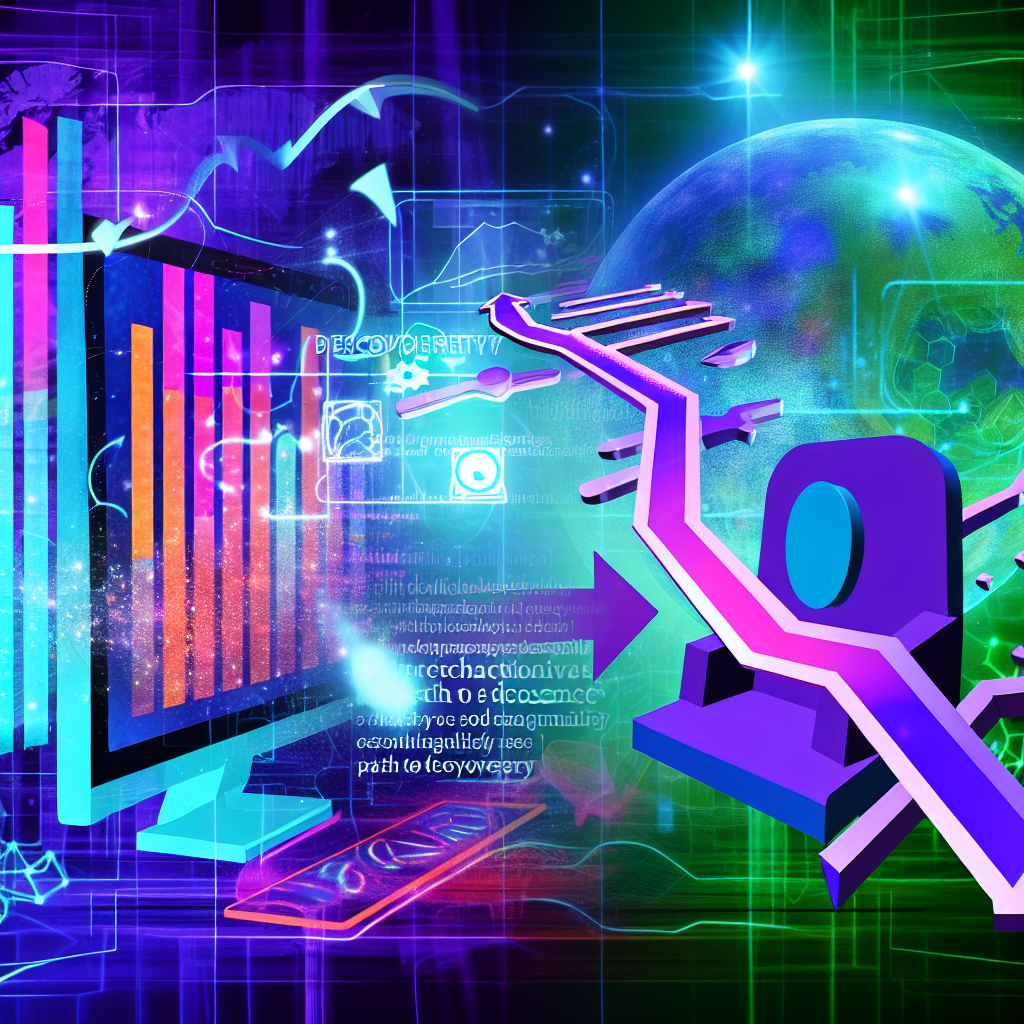The Web3 ecosystem is a distributed network of programming tools and different kinds of devices. This indicates that a central authority like Facebook does not manage the content. Instead, it is dispersed across the entirety of the Internet, where it can be leveraged to provide consumers with information, products, and services that are of value to them. As a consequence of this, the Web3 ecosystem is an instrument that can be utilized for various forms of marketing.
The Web3 ecosystem encourages the development of decentralized digital ecosystems and marketplaces where major corporate players have less influence over the information their customers share. This indicates that those who create content will have increased control over their work and the profits they make from it. In addition, the Web3 ecosystem enables marketers to create and manage relevant content based on the actual requirements and preferences of the people who follow their brand.
Large brands, including those in the apparel and luxury goods industries, are already utilizing Web3. It allows companies to open online shops to sell digital goods, accepting traditional currency and cryptocurrency as payment. This opens new revenue streams and strengthens the brand and customer relationship. However, it is noteworthy to remember that the Metaverse and the Web3 ecosystem are different.
Technology and Advertising
Web 3.0 (Web3) and blockchain-based technologies are leveraged by businesses looking for new ways to engage their customers. These technologies are enabling the creation of new customer loyalty programs as well as new ways to reward customers. For instance, businesses may provide Web3 users with the opportunity to stake rewards. They can also create tokenized visual assets and sell them during branded NFT drops. In this manner, customers can enjoy and use these assets according to their whims, and in exchange, they are eligible to receive rewards.
Web3 utilizes decentralized digital protocols as another defense mechanism against centralized businesses’ attempts to take control of the digital world. As a consequence of this, customers will have a more significant amount of control over the information that they share, which will make it possible for publishers and customers to develop closer relationships with one another. In addition, users of web3 will have ownership of their data, granting them the ability to sell it or make it available to third parties for use in commercial endeavors.
Web3 will significantly shift how advertising ecosystems are structured, but gaining widespread acceptance for this innovation will require much hard work. The use of blockchain technology will facilitate immediate transparency regarding all transactions, thereby assisting publishers and advertisers in directly connecting with target audiences. Because of this, marketers will be able to maintain their relevance without worrying about arbitrary content policies. Direct connections between publishers and advertisers are made possible through the Web3 ecosystem.
Consulting services for Web3 can assist businesses in better utilizing the potential of this burgeoning technology to enhance their marketing approaches. Because of their extensive experience and expertise in Web3 marketing, they can assist businesses in ascending to industry leaders. They can help with marketing strategy as well as technical support. In addition to this, they can assist companies in optimizing their websites to boost their traffic and their profits.
Web 3.0 is an upgraded version of the Web 2.0 platform. It gives advertisers access to many interactive advertising opportunities, making the user experience more individualized. In addition, it offers marketers better control over their customers’ privacy and allows for more targeted advertising. Marketers also have access to additional customer data due to Web 3.0, enabling them to make more informed decisions.

Dominic E. is a passionate filmmaker navigating the exciting intersection of art and science. By day, he delves into the complexities of the human body as a full-time medical writer, meticulously translating intricate medical concepts into accessible and engaging narratives. By night, he explores the boundless realm of cinematic storytelling, crafting narratives that evoke emotion and challenge perspectives.
Film Student and Full-time Medical Writer for ContentVendor.com




